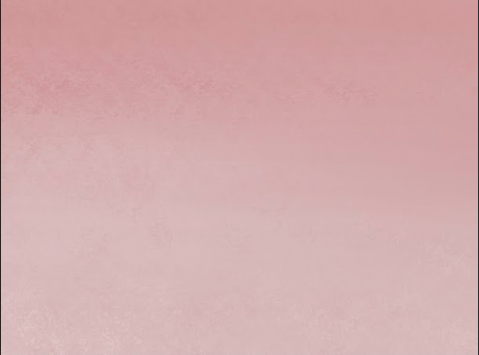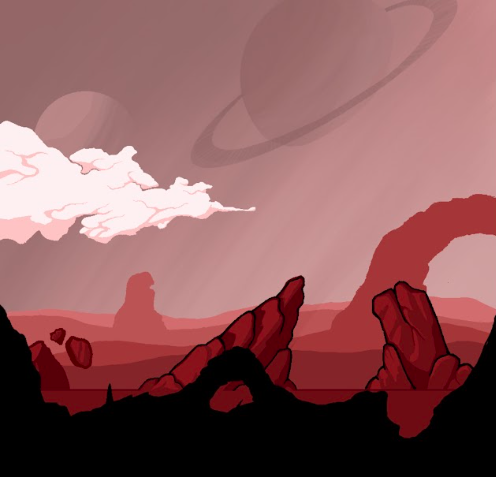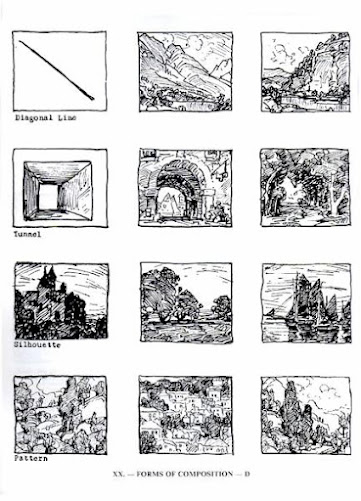Having already spent some time experimenting with pixel and cell-shaded art styles I wanted to try some of the other mediums my research had suggested starting with watercolours.
Having seen how well games like Gris and Spiritfarer utilise watercolour or the aesthetics it can produce to give a light and delicate feel to the art and environment to both emphasise the delicate subject matter and also keep a light and calming environment for the player to game in whilst traversing subjects like death and loss, as well as seeing similar art mediums used in series' like studio ghibli films I had found it to be a worthwhile experimental endeavor despite my relative lack of knowledge of the medium.
I watched videos from some professional artists of the team who worked on Studio Ghibli films as well as took notes from several watercolour tutorial art books.
Link to video belowhttps://youtu.be/qH2q9ZJMaAU?si=7jAh_E0ExWnQkENS
Starting with a very basic of attempting a colour wash with a slight gradient, this would start of the sky background to the anger stage of the game and anytime you start a painting you begin with the background and work forward. However the paper wasn't the best quality and a lot of tiny bits of paper came up with the wash.

Once dried and the paper removed lots of little marks were left behind, whilst an interesting texture with some artists opting to sprinkle salt down on washes to get a similar effect it isn't what I'm looking for.

I tried again with different paper, this time letting each layer dry before adding another layer leaving a little of the previous layer showing to create a layered gradient effect. I also opted for a sponge brush rather than a bristle brush this time to give a smoother stroke and slightly less harsh texture to the blend.


Once all layers had been added I took a clean wet brush over the entire page to try and blend the layers a little more creating the image below.

I like the effect of the watercolor and it achieves the dreamy delicate look I thought it would but the colour is perhaps a bit too saturated, attempting it again with a more diluted mixture could achieve this but also some digital editing in Photoshop could alter the original wash for the same effect. I also want to contrast this with a watercolour brush on ProCreate to compare the two versions of the medium. The digital one will certainly be quicker reducing the time for drying (despite me having a hairdryer to hand to help speed that up).

Using the three colours from my previous digital workup with a large watercolour brush.

Then used the blend tool to create a seamless blend, though this removed too much texture so I go back over with the watercolour brush but with a much lower opacity before eventually adding a bark texture brush over the top to give a dusty feel to the sky, it isn't a natural sky colour and is meant to exist from the abundance of red rocky dust being kicked up into the air from the years and years of mining on the planet which leads to it discolouring the players white armour.


Still very saturated but with it already being on a digital device a few clicks later I was able to reduce the saturation and opacity of the layer whilst maintaining the blend and texture.
Next, I attempted to craft subtle clouds into my more successful watercolour blend with a simple sponge brush and water to remove the paint and leave behind more and more diluted paint on the page to give a sense of a light mist-like cloud shape. This did not go according to plan. First using a sponge brush didn't remove the paint enough and was hard to control and secondly using a wet kitchen towel and dabbing on to remove the paint but like the very first watercolour attempt, it started removing paper as well. I also attempted to use Prismacolor pencils to add a planet to this scene as I started experimenting with different media for creating imagery to populate the skies with.
 |
| Kitchen towel attempt on left, sponge brush attempt on right. |
The work lacks a lot of control over shape design which can create more natural looks for these objects, in some cases desirable, but when opting to craft objects that serve a purpose of establishing the environment and scene and thus the emotions of the player then more control is necessary. Whether it's a skill issue or just impractical to achieve the results from this medium that I'm after, I'm finding an amateurish feel to everything I'm producing with this medium and causing great frustration in myself. I will still continue to work on this to see what else can be achieved as well as looking into crafting all the elements separately and digitally bringing together as well as looking into gouache.
I went back to my digital watercolour piece and attempted to produce clouds on there with a range of water based texture brushes, not only was I able to have a much higher level of control with both brush size and opacity and removing errors immediately but the textures were even more delicate than those of traditional watercolour.
I was able to duplicate clouds I had already made to start filling the sky up even more, simple horizontal flipping, resizing, and opacity changing makes them fit in with out being a repeated pattern.
I then reduce the opacity and create new layers over the top to add brighter smaller clouds towards the bottom adding depth, if the image starts getting to bright to distract the player I can change the opacity of the whole piece very easily as shown in the second of the two images below.
From here I went back to my pixel brush with it being set to a standard opacity and size to add very fine details to the clouds to bring back the weird water drop outlines that the original digital brush left, as well as adding stars and one shooting star to the sky.
Now I had multiple clouds to compare the methods and outcomes of against some of the cell-shaded clouds I had been attempting to make to conclude what style I was enjoying the most and what would be the most effective as an artistic choice in line with my learning agreements as well as the mood and atmosphere of the game to help the player with the subject matter of grief.
I don't know why but there's just something about these pixel/cell-shaded clouds that I really like, whether it's how unnatural they are - more like the weird bubbles in a lava lamp which gives way to the idea of this being an alien world devoid of water so these clouds are not created the same way as Earth ones are. Or the sharp crisp contrast that they have whilst also having the ability to just sit in the sky adding beauty but not being too distracting. However the watercolour clouds have their own benefits of being a lot more delicate and subtle and adding way more atmosphere and tone to the image, perhaps the best option is to find a happy medium between the two and ask other people for their own opinion of the pieces to get a more objective viewpoint on them.































































